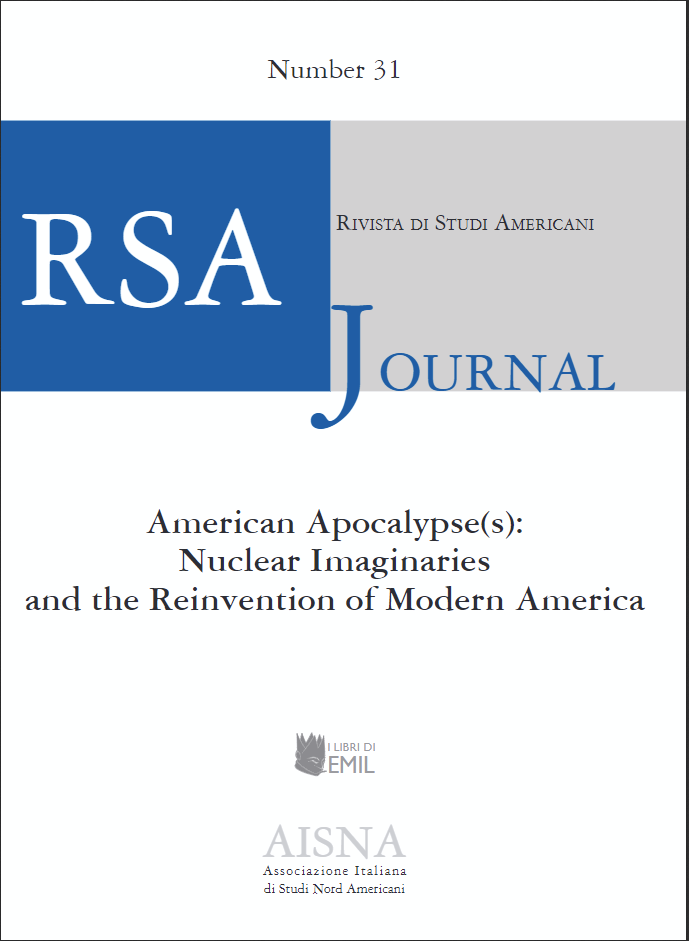Islands of The Bomb
(Re)Imagining Bikini Atoll through Archaeologies of Cold War Occupation and Destruction
DOI:
https://doi.org/10.13135/1592-4467/8494Keywords:
Cold War, Bikini Atoll, nuclear, nuclear imaginaryAbstract
With the approach in 2021 of the 75th anniversary of Operation Crossroads – America’s first atomic tests in the Marshall Islands – the Bikini Atoll finds itself in a contested place in the global nuclear imaginary. Introduced into the world’s consciousness in 1946 as an atomic bomb testing site, Bikini was used to test the United States’ most powerful nuclear weapons until 1958. Littered with monumental concrete ruins when relinquished back to its indigenous inhabitants, the Bikini islandscape had endured unprecedented misuse during the twelve-year nuclear occupation. Exploring the constructive/destructive duality of America’s Cold War occupation of Bikini Atoll, this paper employs archaeological evidence to reveal the profound transformation that construction and nuclear violence
had upon the Bikini islandscape as it seeks to support the Bikini people’s ongoing efforts to authenticate, demythologize, and safeguard their homeland in the real world and the current and future nuclear imaginary. Dispossessed of their ancestral home by nuclear hegemony, the Bikini people have sought to reimagine their Atoll in the nuclear imaginary as both the birthplace of the hydrogen bomb and a physical manifestation of twentieth-century nuclear imperialism.
Downloads
Published
Issue
Section
License
RSAJournal will apply a CC BY 4.0 license to all its contributions starting with issue 37 (2026). Previous issues are licensed under a CC BY-NC-ND licence.





